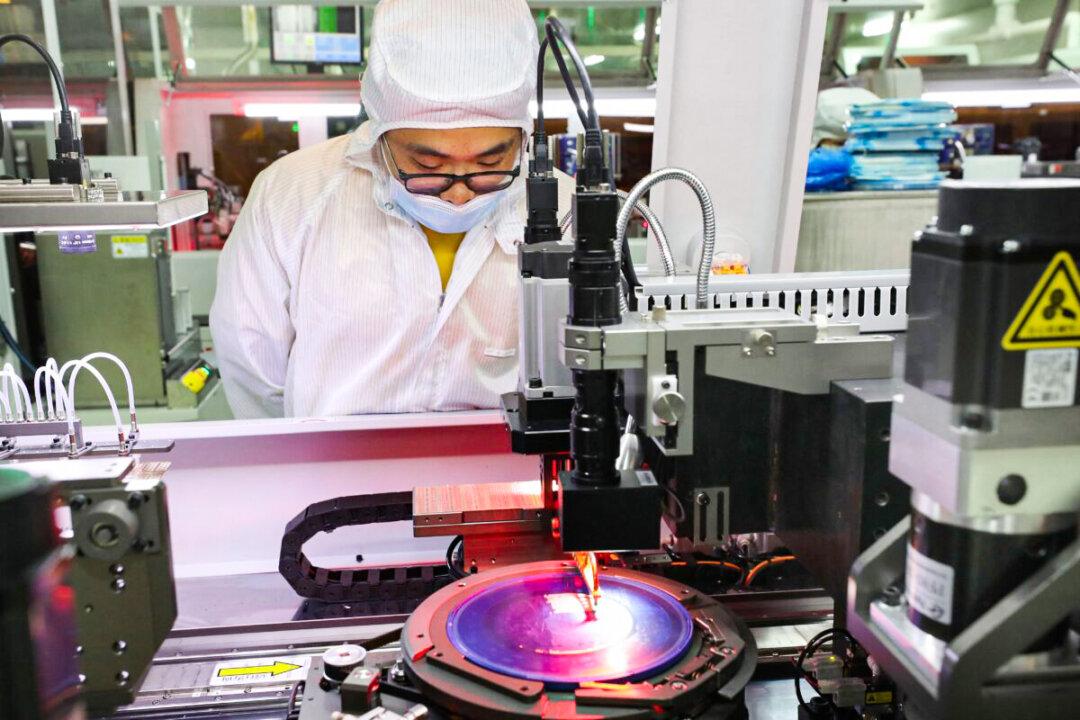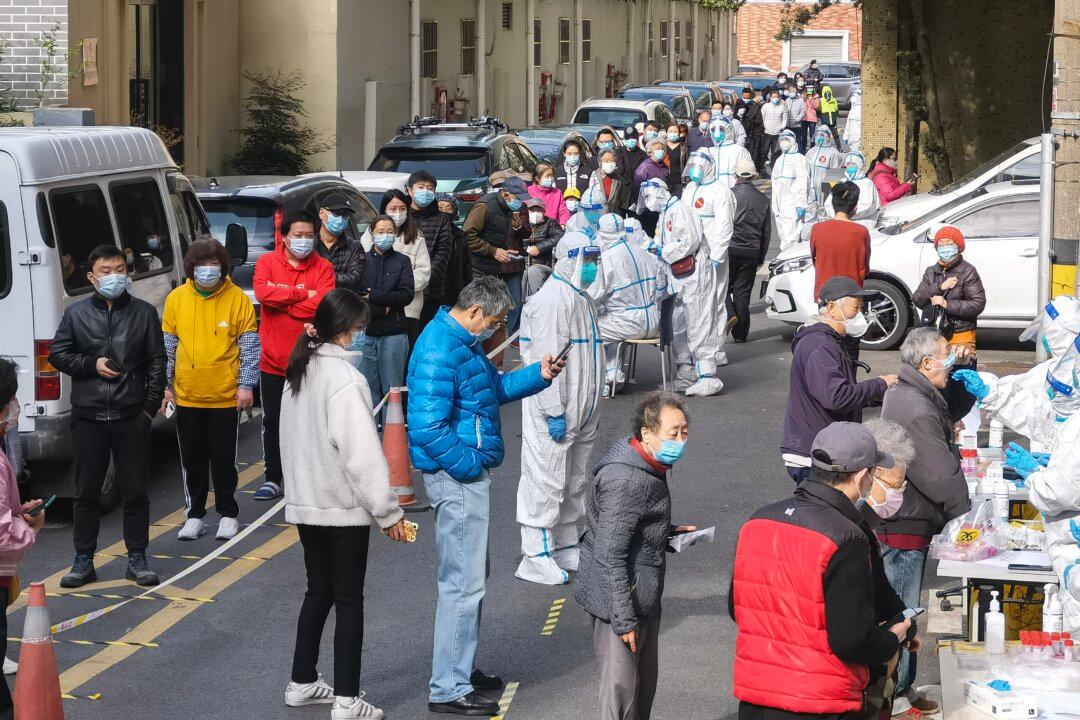On July 20 local time, record-breaking rainfall ravaged Zhengzhou, Henan, and other places in China, causing severe floods. Authorities claimed that the scale of the floods was “once in 5,000 years.” In addition to the direct casualties caused by the floods, most urban areas in Zhengzhou, the worst-hit city thus far, have experienced power outages. Critically ill patients in the hospitals were at risk as they can only rely on manual respirators.
The floods paralyzed Zhengzhou’s traffic. Schools and hospitals became “islands” as stagnant water rose. Residents became trapped and unable to travel. The flooding of the power supply system cut off many parts of the city, including The First Affiliated Hospital of Zhengzhou University, often referred to as “the largest hospital in the world,” with the highest number of surgeries in China.





